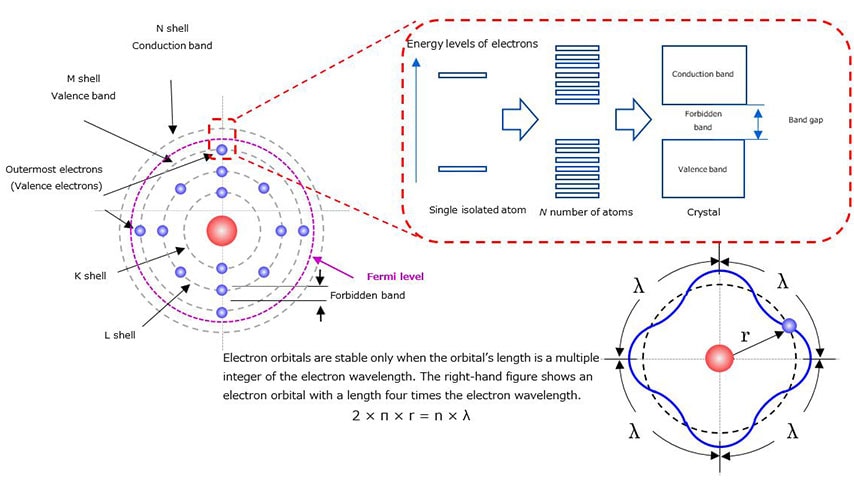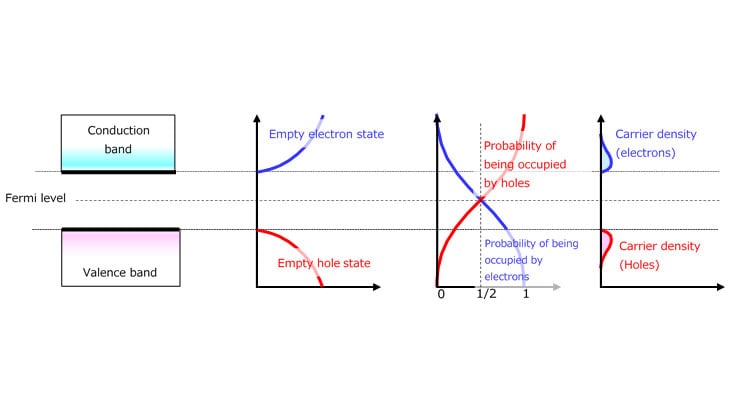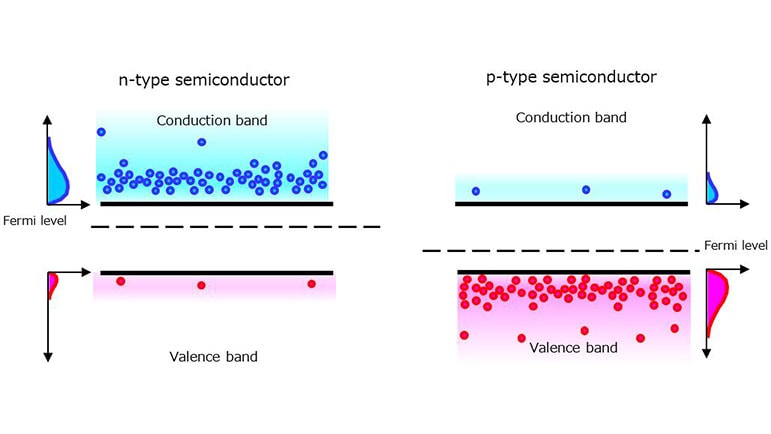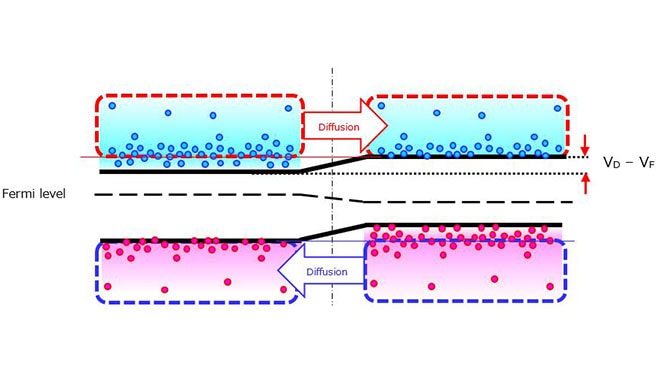- General Top
- SEMICONDUCTOR
- STORAGE
- COMPANY
-
My ToshibaSemicon
- Semiconductor Top
-
ApplicationsAutomotive
Body Electronics
xEV
In-Vehicle Infotainment
Advanced Driver-Assistance Systems (ADAS)
Chassis
IndustrialInfrastructure
BEMS/HEMS
Factory Automation
Commercial Equipment
Consumer/PersonalIoT Equipment
Healthcare
Wearable Device
Mobile
Computer Peripherals
-
ProductsAutomotive Devices
Discrete Semiconductor
Diodes
Transistors
Logic ICs
Analog Devices
Digital Devices
Wireless Devices
※
: Products list (parametric search)
Power SemiconductorsSiC Power Devices
※
: Products list (parametric search)
Isolators/Solid State RelaysPhotocouplers
Digital Isolators
Solid State Relays
Fiber Optic Transmitting Modules
※
: Products list (parametric search)
MOSFETsIGBTs/IEGTsBipolar Transistors※
: Products list (parametric search)
Diodes※
: Products list (parametric search)
MicrocontrollersMotor Driver ICsIntelligent Power ICs※
: Products list (parametric search)
Power Management ICsLinear ICs※
: Products list (parametric search)
General Purpose Logic ICsLinear Image SensorsOther Product ICsOther Product ICs
※
: Products list (parametric search)
-
Design & Development
Design & Development
Innovation Centre
At the Toshiba Innovation Centre we constantly strive to inspire you with our technologies and solutions. Discover how to place us at the heart of your innovations.
-
Knowledge
Knowledge
Highlighted Topics
Further Materials
Other
- Where To Buy
- Part Number & Keyword Search
- Cross Reference Search
- Parametric Search
- Stock Check & Purchase
This webpage doesn't work with Internet Explorer. Please use the latest version of Google Chrome, Microsoft Edge, Mozilla Firefox or Safari.
require 3 characters or more. Search for multiple part numbers fromhere.
The information presented in this cross reference is based on TOSHIBA's selection criteria and should be treated as a suggestion only. Please carefully review the latest versions of all relevant information on the TOSHIBA products, including without limitation data sheets and validate all operating parameters of the TOSHIBA products to ensure that the suggested TOSHIBA products are truly compatible with your design and application.Please note that this cross reference is based on TOSHIBA's estimate of compatibility with other manufacturers' products, based on other manufacturers' published data, at the time the data was collected.TOSHIBA is not responsible for any incorrect or incomplete information. Information is subject to change at any time without notice.
require 3 characters or more.
1. Conductors, semiconductors, and insulators
Materials can be divided into three categories according to their ability to conduct an electric current:
- Conductors: Materials that easily conduct electricity (i.e., materials with high electrical conductivity and low electrical resistivity)
- Semiconductors: Materials with an electrical conductivity value that falls between that of a conductor and that of an insulator
- Insulators: Materials that do not readily conduct electricity (i.e., materials with high electrical resistivity)
Conductors have electrical resistivity on the order of 10-8 to 10-4 Ωcm whereas insulators have electrical resistivity on the order of 108 to 1018 Ωcm. Semiconductors have an electrical resistivity value between those of conductors and insulators—10-4 to 108 Ωcm.
Electrical resistivity: Ωcm
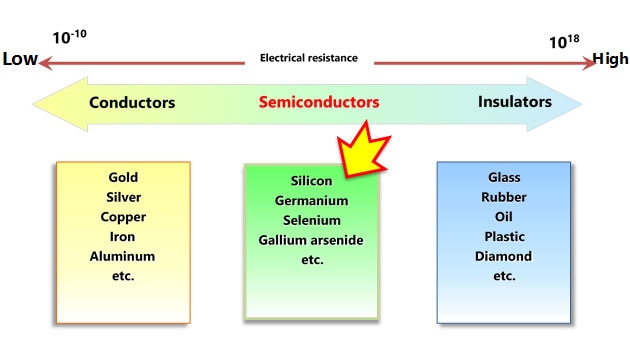
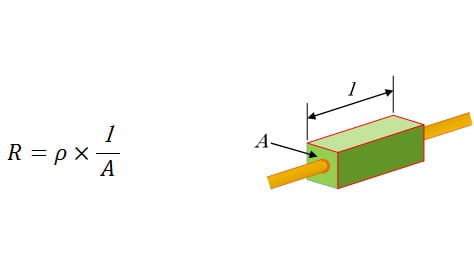
Electrical resistance (R) is the resistance to a flow of electric current through a material. The electrical resistance of a material is proportional to its length (l) and inversely proportional to its cross-sectional area (A). Each material has also an intrinsic property called electrical resistivity (ρ). Electrical resistance (R) is expressed as follows as a function of ρ, I and A. Electrical resistivity (ρ) is determined by the energy level (band) of the electrons in the outermost shell of an atom, crystalline states, and other factors.
- 1/6
- Next
Chapter1 Basics of Schottky Barrier Diodes (Basic of Semiconductor Device)
Related information
- Products
Schottky Barrier Diodes - Applidcation Notes
Application Notes - FAQs
Diodes - Parametric Search
Schottky Barrier Diodes - Stock Check & Purchase
Stock Check & Purchase


